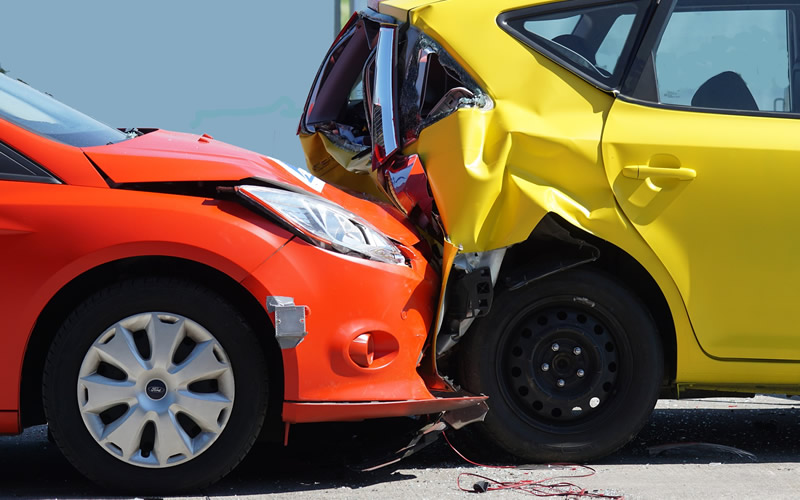
By Lindsay Street, Statehouse correspondent | Our weekly Top Five feature offers big stories or views from the past week or so with policy and legislative implications that you need to read because of how they could impact South Carolina.
This week, you’ll find stories and data about how local governments in South Carolina provide tax breaks to businesses and how billions of dollars are needed to fix public buildings. If you have stories to suggest to our readers, send to: feedback@statehousereport.com.
- Local governments give hundreds of millions in tax breaks to businesses, The State, March 10, 2018.
For the first time, many local governments — cities, counties and school districts — have released the tax credits they have offered to businesses for locating there. Of the state’s 46 counties, 33 have filed financial reports with the state. The total is $221 million in tax breaks given to lure corporations to a local area — a number that doesn’t include the big breaks given by the state. Some characterize these breaks as corporate subsidies while others say they are job-creating necessities to help corporations avoid the state’s 10.5 percent property tax rate. An excerpt:
“Kershaw County, including its school district, reported giving tax breaks worth almost $6 million in the fiscal year that ended June 30, 2017. The county school district’s property tax revenues were reduced by $4.2 million under incentives approved by Kershaw County, according to its 2017 financial report. That has strained budgeting for the school district of about 10,500 students as new industries have brought new residents, who have new students.”
- Billions needed to repair public buildings around state, The Post and Courier, March 10, 2018.
This week, the S.C. House debated and passed an $8 billion spending plan that included about $70 million for building repairs and upgrades, mostly at public colleges. But more than $2 billion is needed to bring all public buildings up to standard, according to estimates. An excerpt:
“More than $2 billion agencies (was) requested last year for maintenance and renovations of public buildings statewide, including at college campuses, health facilities, state law enforcement buildings, courtrooms, prisons and museums. They’re where residents work, play and get help. The tally does not include K-12 schools, which were evaluated separately for a report with no cost estimates.”
- Charleston-area female doctors have worst pay divergence in nation, CNN, March 14, 2018.
A new survey shows women doctors earned an average nearly one-third less than their male peers — or an average of $105,000 less per year — despite women having the same education and work experience. The survey said that among major metro areas, the discrepancy is at its worst in Charleston:
“The gender pay gap was most pronounced in Charleston, S.C. , where women doctors earned 37%, or $134,499, less than male doctors, last year. That was followed by Kansas City, Mol, , where the gap was 32%, or $131,996. The report did not explain why the disparity was more glaring in these cities.”
- More jobs available, but unemployment ticks up in S.C., South Carolina Radio Network, March 12, 2018.
There are 2.1 million jobs in South Carolina, according to the S.C. Department of Workforce and Employment’s latest jobs report for January. Of those jobs, 61,100 are available — many in the manufacturing sector, according to the agency’s spokesman. The state’s jobless population is at 100,178. And while more than 460 people found work in January, an additional 2,300 were added to the unemployment line. DEW spokesman Bob Bouyea told the radio station:
““We’re in a really good time in South Carolina … We are seeing our companies here just add jobs. Our job is to help them find their next worker.”
- Hundreds of fraudulent car wrecks plague state, The Post and Courier, March 10, 2018.
South Carolina ranks seventh in the nation for having a large number of fraudulent or staged car wrecks where perpetrators are trying to obtain insurance money. The National Insurance Crime Bureau reported that the state had 546 fraudulent car wrecks from 2012 to 2014 — and that number is rising. An excerpt:
“Last year, four full-time State Law Enforcement Division agents were assigned to investigate insurance fraud, which was double the number from the previous year. But the South Carolina insurance fraud unit budget of $354,000 pales in comparison to North Carolina and Virginia with budgets of $2.8 million and $5.3 million, respectively.”
- Have a comment? Send to: feedback@statehousereport.com.


